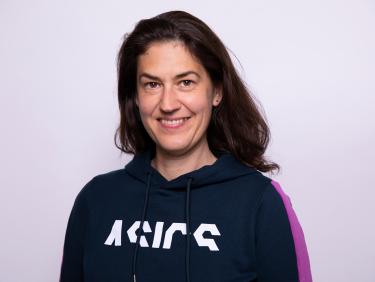Prof. Annika Guse Cell Biology of Endosymbiosis
Mutualistic symbioses are key to evolutionary and ecological novelties and can be found throughout the tree of life. One prominent example is the symbiosis between corals and photosynthetic dinoflagellates – the foundation for coral reefs, the most biodiverse marine ecosystems on the planet.
We use the marine sea anemone Aiptasia as a model system to study fundamental principles of this animal-algal endosymbiosis at the molecular, cellular and organismal level within the context of ecology and evolution.

The Guse lab has recently moved from COS to LMU Munich
Fakultät für Biologie
Großhaderner Str. 2
82152 Planegg-Martinsried
Germany
For information about our research projects, teaching and contact address please visit the lab homepage:
Research figure

Symbiotic associations occur in all domains of life and are key drivers of adaption and evolutionary diversification. A prime example is the endosymbiosis between corals and eukaryotic, photosynthetic dinoflagellates which transfer critical nutrients to their coral host. Here, two very distinct cells, an animal host and a dinoflagellate symbiont cell, coordinate their functions to drive the productivity and biodiversity of a whole ecosystem. This highlights the need for cell biology of endosymbiosis. This is challenging because corals are difficult experimental subjects. To make this possible we apply a unique model systems’ approach using the symbiosis anemone model Aiptasia, modern organismal biology, cell biology, biochemistry, and comparative work with phylogenetically relevant organisms at the bench and corals in the field. Dissecting the cell biology of this endosymbiotic life-style at the mechanistic level is critical to understand its evolution and response to the environment. Research on coral symbiosis is also timely, since coral reefs are home to >25% of all marine species and currently threatened by ‘coral bleaching’ due to climate change.